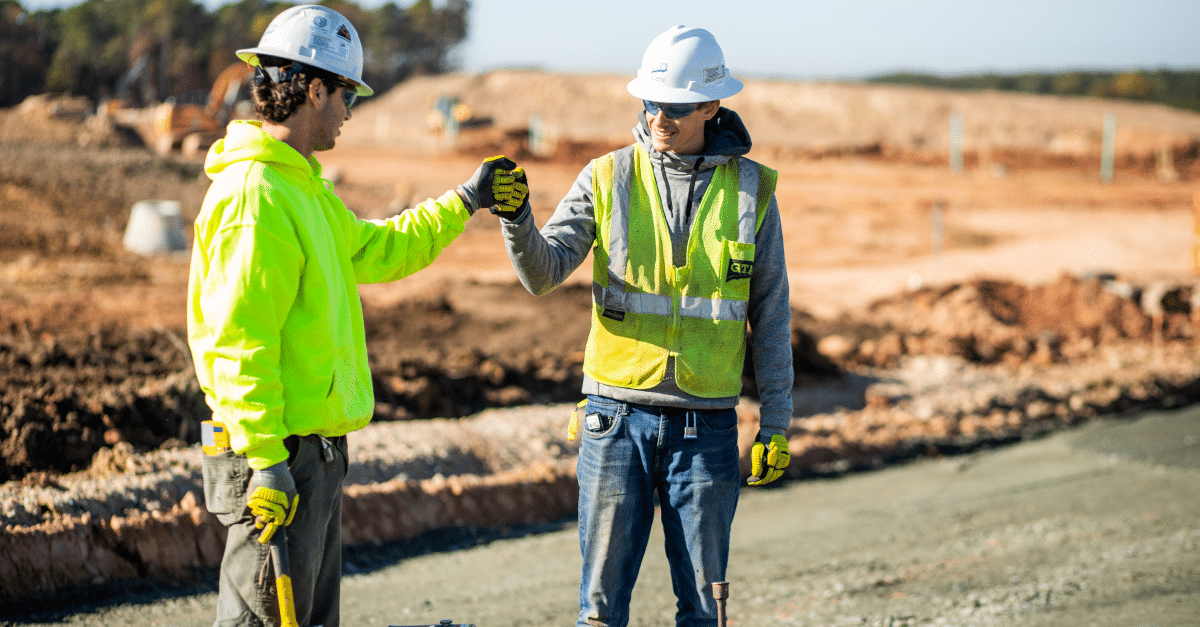Geotechnical Engineering Services South Africa Can Be Fun For Everyone
Table of ContentsSome Known Details About Geotechnical Engineering Services South Africa All about Geotechnical Engineering Services South AfricaGeotechnical Engineering Services South Africa Fundamentals ExplainedThe Definitive Guide to Geotechnical Engineering Services South AfricaFascination About Geotechnical Engineering Services South Africa6 Simple Techniques For Geotechnical Engineering Services South Africa
He has experience managing approximating costs for geotechnical, and building and construction materials projects, and geotechnical engineering design for transport, commercial, commercial and household jobs., a mechanical designer and rock hound.Get This Report about Geotechnical Engineering Services South Africa
Terzaghi additionally developed the framework for theories of bearing capability of structures, and the concept for forecast of the rate of negotiation of clay layers because of debt consolidation. Later on, Maurice Biot fully established the three-dimensional soil combination theory, extending the one-dimensional version formerly established by Terzaghi to a lot more general theories and presenting the set of basic formulas of Poroelasticity.
Geotechnical designers investigate and establish the residential or commercial properties of subsurface conditions and products.

How Geotechnical Engineering Services South Africa can Save You Time, Stress, and Money.
Basic slope slide area. Geotechnical designers can evaluate and boost slope security using design techniques. Slope stability is determined by the equilibrium of shear stress and shear stamina. A previously stable incline may be initially impacted by different factors, making it unpredictable. However, geotechnical engineers can design and implement engineered slopes to raise stability.
If the user interface between the mass and the base of a slope has a complex geometry, incline stability evaluation is hard and mathematical service techniques are needed. Commonly, the user interface's specific geometry is unidentified, and a simplified user interface geometry is assumed. Finite slopes require three-dimensional versions to be evaluated, so most inclines are analyzed assuming that they are infinitely broad and can be stood for by two-dimensional models.
The Definitive Guide for Geotechnical Engineering Services South Africa

Dimension of amounts and analysis of actual conditions. It is inappropriate for jobs whose style can not be changed throughout building.

Concepts and Method of Ground Enhancement. Ground Improvement Concepts And Applications In Asia. Layout analysis in rock mechanics.
Cengage Understanding, Stamford, 666 p. Atkinson, J., 2007. The auto mechanics of dirts and foundations. Taylor & Francis, N.Y., 442 p. Floating Offshore Wind Turbines: Responses in a Sea state Pareto Optimum Styles and Financial Analysis, P. Sclavounos et al., October 2007. Nicholson, D, Tse, C and Penny, C. (1999 ). The Observational Method in ground engineering concepts and applications.
Geotechnical design is a part of civil design that concentrates on exactly how earth products like dirt, rock and groundwater engage with man-made structures, such as buildings, bridges, dams and roads. The goal is to guarantee that the subsurface - the geology below any type of construction - is capable of sustaining whatever is built on top.
The Definitive Guide for Geotechnical Engineering Services South Africa
Their job is to check out the geological residential or commercial properties of the website - the soil, the bedrock, the groundwater, the slope security - to analyse its suitability for the suggested building project. Also to determine prospective threats and threats like negotiation, slope instability and groundwater infiltration. They pierce, take dirt examples and utilize different tests to conduct this analysis.
The geological and geotechnical feasibility of your site, see this site and how it compares to surrounding sites. The load-bearing capacity of the ground. The groundwater problems and water circulation paths, and just how they might affect the proposed building. The geotechnical designer is then tasked with crafting options to any kind of identified issues, utilizing principles of hydrology and dirt and rock technicians to make foundations that can safely sustain the weight and stress of the frameworks that will be developed.